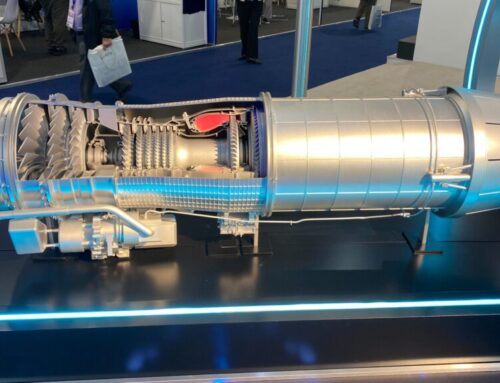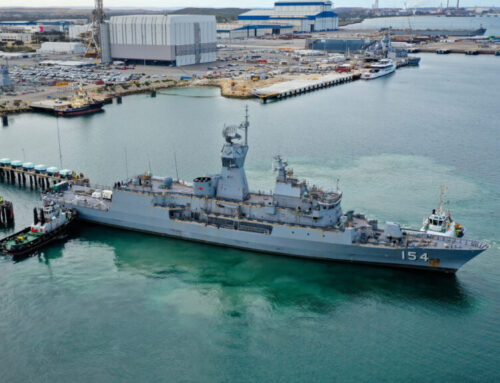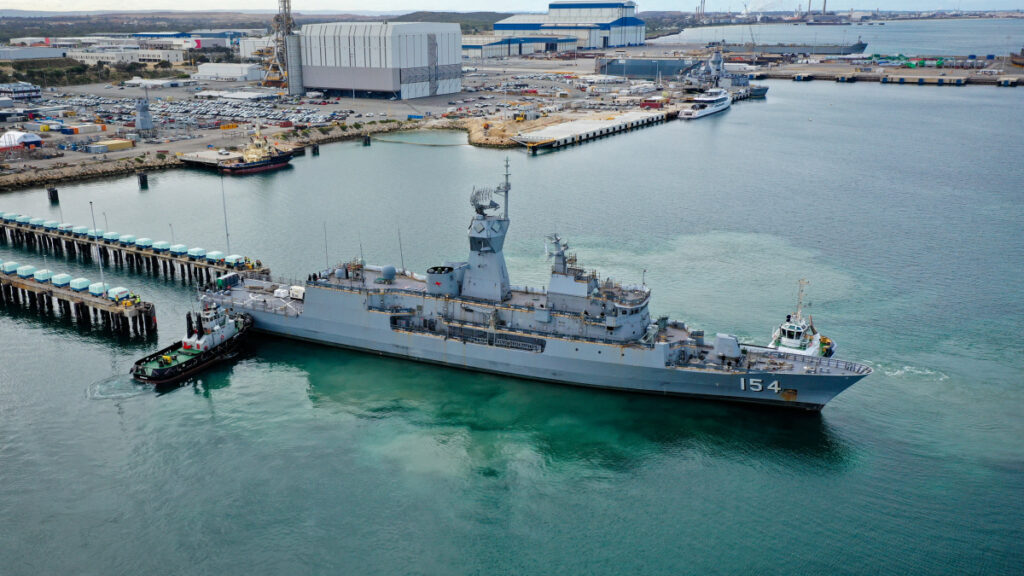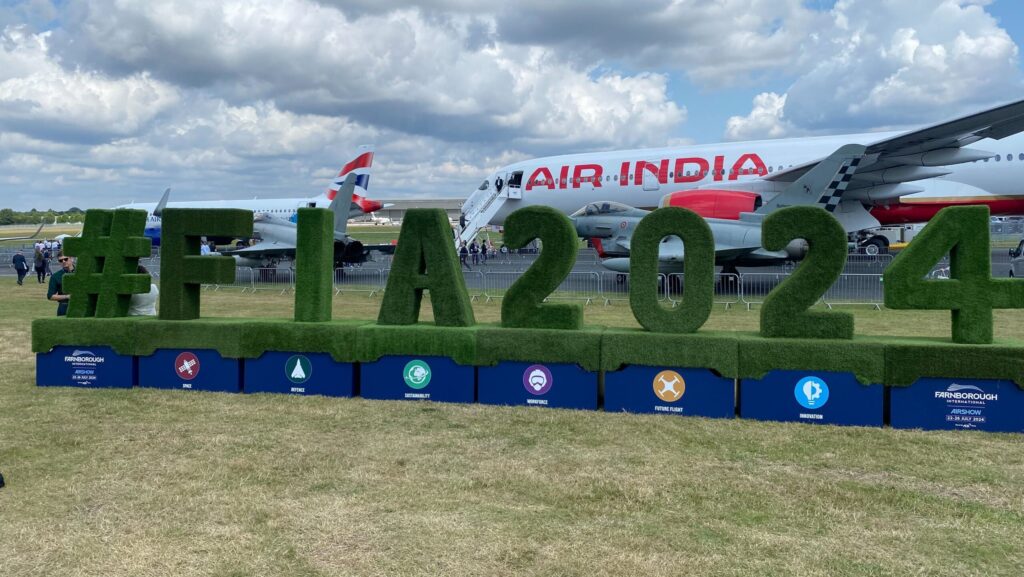Secretary of the Navy Carlos Del Toro, crosses the walkway of guided-missile destroyer USS Preble (DDG 88) following a tour of the ship, Feb. 16. (U.S. Navy photo by Mass Communication Specialist 2nd Class Olivia Rucker)
WASHINGTON — The Navy today released a rare public accounting of major delays for key shipbuilding programs, with ships from nine programs running behind, in some cases of up to three years.
In total, the Navy forecasts a culminative delay of more than 11 years, at a time when lawmakers and Pentagon planners agree that the Navy needs to be modernizing and growing for a potential conflict in the Pacific.
Among the notable delays as outlined by the report:
The first Columbia-class submarine, built jointly by General Dynamics Electric Boat and HII, is projected to be between 12 and 16 months
The fourth and fifth blocks of the Virginia-class submarine, also by Electric Boat and HII, are 36 and 24 months late
The first Constellation-class frigate from Fincantieri Marinette Marine is 36 months behind schedule
The future aircraft carrier Enterprise (CVN-80), built by HII, is approximately 18 to 26 months late
These kinds of delays for capital warships are broadly tracked by outside observers using budget justification documents and scattered public statements from program officials. But the sort of wholesale confirmation the Navy is now publicizing about the schedule problems facing its most important — and most expensive — programs is a rarity.
The 45-day review had been ordered by Navy Secretary Carlos Del Toro and announced in January. At the time, Del Toro gave few details of the new review’s purpose except to note his concern about problems impacting the Columbia-class submarine and Constellation-class frigates programs.
The new document states that “the purpose of the review is to provide an assessment of national and local causes of shipbuilding challenges, as well as recommend actions for achieving a healthier US shipbuilding industrial base that provides combat capabilities that our warfighters need, on a schedule that is relevant.”
Notably, the document also includes the names of the prime contractors for each ship class it examined. While that information may not be coveted or secret, the veritable poke in industry’s eyes for their programs’ slip ups align with a series of jabs Del Toro has taken at the defense industrial base in recent months. Breaking Defense reached out to every shipbuilder named in the one-page document for comment shortly after it was made public.
RELATED: In Stark Warning, Navy Secretary Tells Industry To Deliver, Not ‘Goose Your Stock Prices’
Elsewhere, the review said the new ocean surveillance ships, a class known as T-AGOS and built by Austal USA, are listed among the other programs assessed, but no schedule delay is provided. Rather, the document states “[To be determined] — based on a new program start.”
Lastly, the review found that the amphibious ship programs, the fleet oilers and the Arleigh Burke-class destroyers all have “delivery dates late to contract however [are] stable and tracking to program manager estimates.” The amphibious ships as well as certain destroyers are produced by HII while the fleet oilers and destroyers are made by General Dynamics NASSCO and Bath Iron Works.
How the Navy moves forward with the results of the review in hand is less clear based solely on the document.
Under a brief section described as “initiatives to improve,” the document indicates the Navy will “generate a plan to address atrophy in national design and engineering workforce, refine acquisition and contract strategies, reimagine shipyard and skilled labor as a national asset, assess Navy workforce posture [and] budget for investments to improve performance and minimize delays.”
This is a developing story. Check back for updates.






![The sights from the 2024 Farnborough Airshow [PHOTOS]](https://centurionpartnersgroup.com/wp-content/uploads/2024/07/IMG_8722-scaled-e1721930652747-1024x577-hZjwVb-500x383.jpeg)




